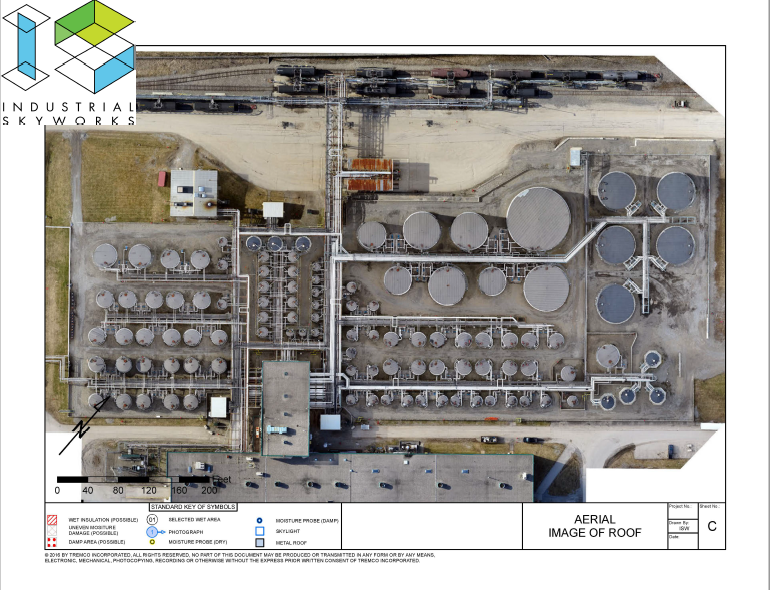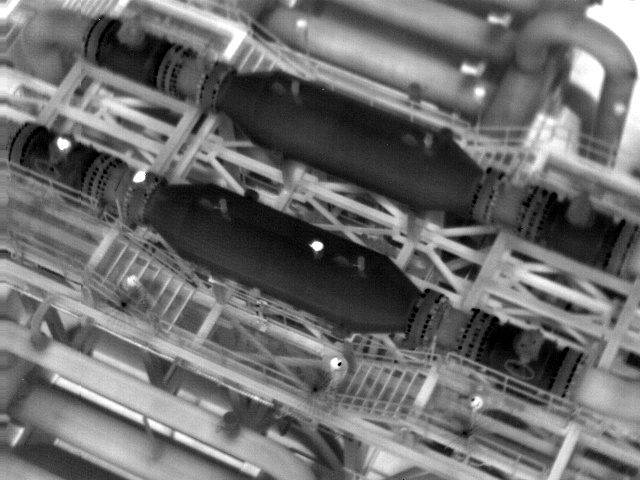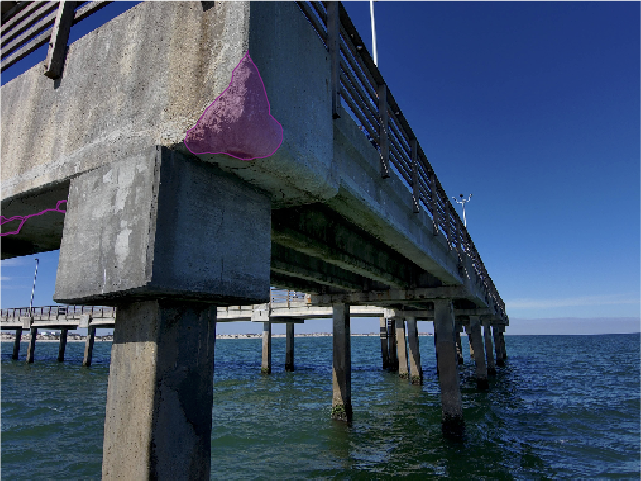Great Italian writer and poet Eugenio Montale, recipient of the 1975 Nobel Prize in Literature, was very true in saying:
“Man cannot produce a single work without the assistance of the slow, assiduous, corrosive worm of thought.”
Inevitably every engineering work in physical form has to be assiduously protected from environmental and process corrosion starting from the day it is installed on ground. For high value assets like energy and Infra-structure assets, designed for long life operations, protection against corrosion is extremely important.
Corrosion is caused inside as well as outside of piping, pipe fittings, pipelines, tanks and vessels. Crude oil and raw gas from the wellhead contain impurities, Carbon dioxide, water and toxic gases all of which are corrosive in nature and cause internal corrosion of piping. External corrosion is caused by environmental impact and is a variable game changer for those companies operating in hostile, corrosive marine environments. Corrosion Control for Offshore structures require critical corrosion control methods and techniques that will prolong structural life while saving millions in cost.
Energy Industry has learned to live with corrosion. International Standards Organizations have identified different measures to counter and minimize the effects of this inevitable phenomenon, such as API – RP 583 (Corrosion under Insulation and Fireproofing) and DNV-RP-C101 (Allowable Thickness Diminution for Hull Structure of Offshore Ships). Usually two approaches are used in this regards. First approach involves incorporating for Corrosion Allowance in the design wall thickness of the vessel, pipe or structure and second one is to use Corrosion Inhibitors. NACE International (formerly National Association of Corrosion Engineers) provides globally recognized standards that are responsive to the latest changes in products & technology, and whose implementation streamlines processes and trims costs. Businesses can prolong the life of their premium assets by following standards such as NACE SP0108-2008 (Corrosion Control of Offshore Structures by Protective Coatings) and NACE TM0194-2014 (Field Monitoring of Bacterial Growth in Oil and Gas Systems).

Corrosion Control of Offshore structures require special attention of designers as well as operators of the facilities. DET NORSKE VERITAS (DNV GL) provides safety and sustainability advice to maritime, oil & gas and energy industries in the form of classification, technical assurance, software and independent expert advisory services. DNV-RP-C101 discusses various types of corrosion in offshore structures as follows:
General Corrosion:
Where uniform reductions of material are found. Criteria for minimum thickness of hull structural elements may be applied in order to determine average diminution values. Typically, repairs will include steel replacement to original scantlings and/or reinforcement upon special consideration.
Pitting Corrosion:
Random scattered corrosion spots/areas with local material reductions. The intensity of the pitting must first be estimated before applying criteria. Typically, repairs will include renewal of plates, building up pits by welding.
Grooving Corrosion:
Local line material loss normally adjacent to welding joints along abutting stiffeners and at stiffener or plate butts or seams. Due to the complexity and effects of groove corrosion, diminution criteria are limited and special repair considerations are required.
Edges Corrosion:
Local material wastage at the free edges of plates and stiffeners. Typically, if not renewed, repairs may be carried out by means of edge stiffeners / doublers. For each of the corrosion categories separate assumptions, criteria and typical repairs should be applied as given in relevant chapters.
High resolution cameras mounted on drones provide very handy tool for detecting the above stated forms of corrosion.

Corrosion is not limited to mild steel structures and piping. LNG facilities, which are primarily stainless steel and high alloy materials, the cryogenic process causes large variations of temperature (thermal cycles) thus inducing stresses related to expansion, contraction, bending and fatigue (expansion and contraction cycles). Additionally corrosion becomes a serious concern with the passage of time which includes pitting corrosion as well as stress corrosion cracking. The subtle danger with stainless steel is that the corrosion may not be recognized until the component starts leaking.
LNG steel tanks require regular inspection for bottom grouting between the outer bottom footer plate and the ring wall for any evidence of leakage or corrosion, for anchor straps for corrosion at the concrete ring wall / platform interface, for frost spots on the outer surfaces, as these would indicate a loss of insulation performance in the annular space. Infrared imaging of the tank would detect this condition and this can be easily carried out through drone mounted IR cameras.
Surface corrosion can be easily detected but Corrosion Under Insulation (CUI) is difficult to. Use of IRT (InfraRed Thermography) and capturing multi-spectral images of insulated components, the thermal signature on a portion of pipeline or vessel is identified to be different from the rest of the pipeline or vessel – an indication of anomaly and possible corrosion. By installing IRT sensors on drones it is possible to inspect those areas of the refinery or processing plant which are not easily accessible otherwise.
In the absence of scheduled NDT inspections the condition of piping and fitting is largely unknown to the plant manager. As required under API, CSA or ANSI standards / guidelines as well as for compliance under EPA regulations it is a must in today’s business environment to watch out for corrosion. Most rupture and leakage incidents in Oil & Gas industry are related to metal loss as a result of corrosion, mechanical creep over time or mechanical damage caused by external or internal factors. Neglect in this area leads to imposition of heavy fines and a company may also get involved in damage recovery suits. Oil spills from a storage tank or transport pipeline leakage may cause severe or irrecoverable damage to environment.
INSPECTION DRONES CAN HELP
Industrial Skyworks drone-based inspection surveys can provide the required resources at affordable cost keeping regular vigil on corrosion related damages. The drones are equipped with high resolution visual cameras as well as IR cameras which make them suitable to identify surface corrosion in difficult / dangerous areas as well as CUI detection under API – RP 583 through IRT. Industrial Skyworks drone-based inspection solutions provide improved results in prevention as well as containment of a catastrophe while preventing additional risk of deploying personnel for data gathering in a dangerous environment.
Tags
Oil and Gas



.png)
